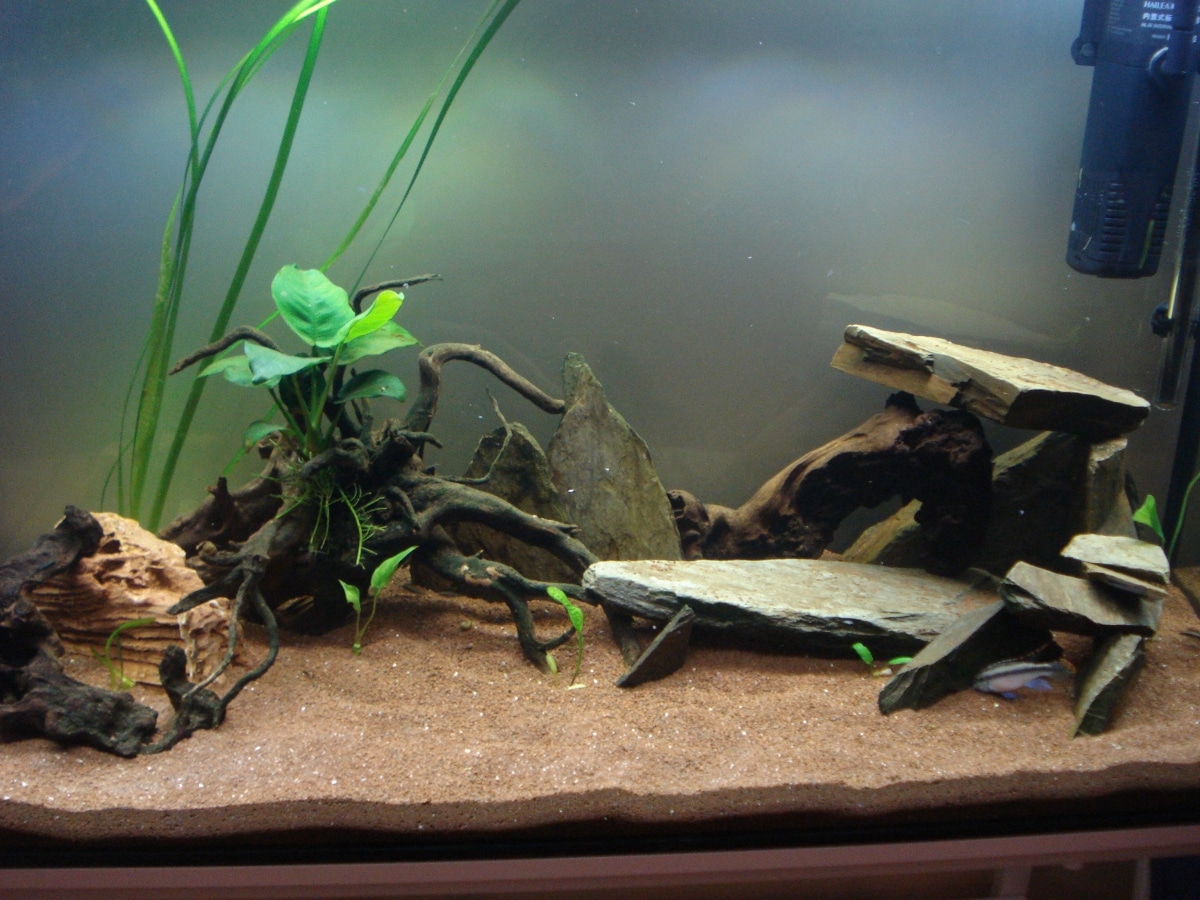
When starting to use our aquarium we must know that there are certain materials that are essential. One of them is the aquarium substrate. Choosing this substrate well can be one of the essential conditions to start using our aquarium. If you are starting in this world, you will surely have a lot of doubts. And it is that there are numerous types of their treatments for aquariums and each one with different characteristics.
Therefore, we are going to dedicate this article to tell you everything you need to know about the substrate for aquariums and which are the best on the market.
Substrate for aquariums
JBL 202120 100 Aquabasis Plus 200-XNUMX
No products found.
It is a type of substrate for aquariums quite nutritious that helps plants grow healthily throughout the environment. The growth effect of these plants lasts 5 years. This substrate contains important nutrients for plant growth such as iron and clay. This makes it effective in stimulating plant growth and preventing algae growth.
You just have to place the nutritive substrate and cover it with a layer of washed substrate. You can buy this product by clicking No products found..
JBL Mando
This is a type of natural substrate that serves to filter all impurities from the water. It is capable of purifying a large area of the aquarium to improve the quality of the water. Its structure favors the formation of purifying bacteria that settle to carry out this activity. In addition, it helps a good development of the roots of the plants. It prevents the growth of unwanted algae as it escapes and absorbs the fertilizer from the excess water.
The shape of this substrate is rounded to protect the sensitive barbels of bottom fish. It has enough quantity for an aquarium with a volume of 50 liters. If you want to buy this substrate for aquariums click here.
Fluval 12694 Plant & Shrimp Substrate
It is a substrate that is collected in the volcanic hills that have the greatest amount of minerals. These volcanic hills found on Mount Aso in Japan. It is an ideal substrate to stimulate the growth of aquatic plants in freshwater aquariums. This material so that the roots can easily penetrate and spread over the entire surface of the aquarium to obtain a greater amount of nutrients that will make the plants flourish. Clicking here you can buy this product.
JBL Substrate for aquariums Sansibar
Apart from performing the functions of aquarium substrates it is also quite decorative. It can be used in terrariums. This type of material does not emit any toxic substances from the water so it is good for fish. Its use should be avoided if the aquarium has a cable for heating in those fish tanks de peces tropical. There are some tropical fish that need a higher water temperature and need a heating wire to increase that temperature. In these cases, this substrate is not recommended.
It is considered one of the most realistic treatments with natural soil and presence of dust. click here to buy this product.
JBL ProScape 67080 for Aquascaping Plant Soil brown
It is one of the most complete substrates at a nutritional level for aquarium plants. It is recommended for those tanks that have a size of about 30-40 centimeters and having a volume of 12-25 liters. It has a very good ratio of nutrients and minerals for both fish and plants. By helping to develop the aquarium plants, the optimal oxygen needed can be supplied to the environment. You can click here to buy this substrate.
What is the substrate for in aquariums?

The substrate for aquariums is that sand, gravel or organic material that is used to be placed at the bottom of the fish tanks and that have different functions. One of them is to promote the development of bacteria that help complete the nitrogen cycle. You have to think that the aquarium ecosystem also has to be regular in some way. There are people who think that the substrate is the area most focused on concentrating the dirt in the aquarium. This is not quite so. What may seem like a source of dirt to us is a source of nutrients for the plant.
What aquarium substrate to choose?
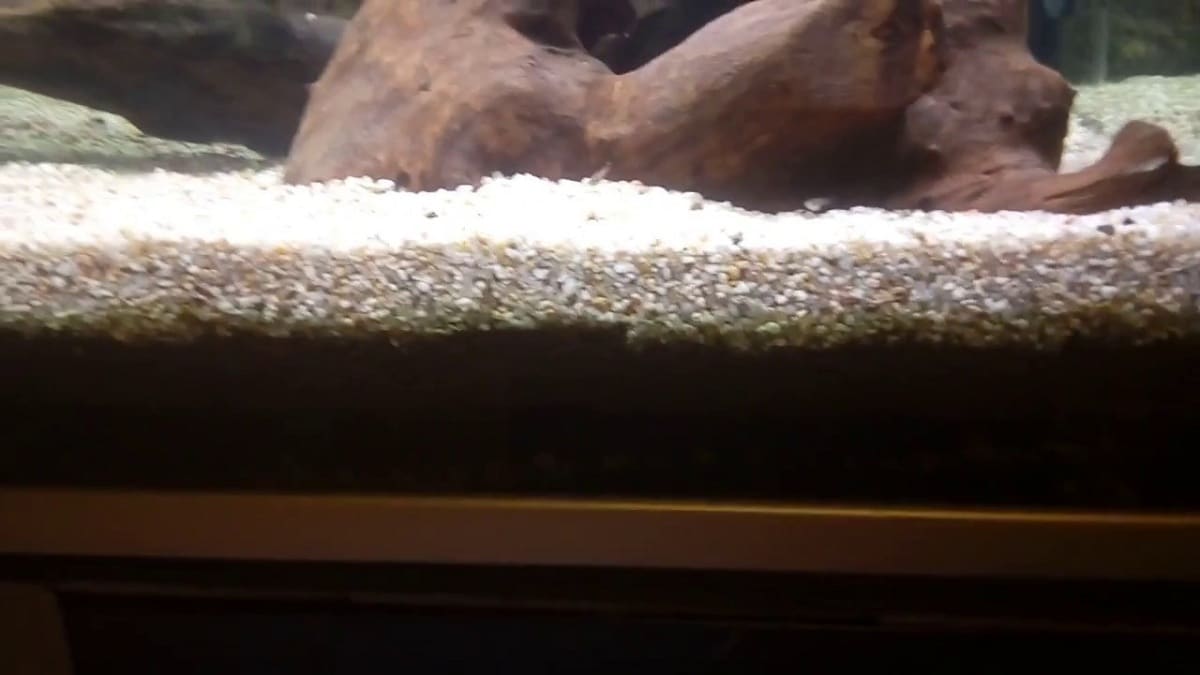
In the market we can see different types of their treatments, although they are divided into three main groups: inert, nutritive and clay. Let's look briefly at what these substrates are.
- Inert substrates: They are those that are formed by gravel and sand and have a great variety of sizes and colors. It is important that you discard those sands and gravels that are artificially colored as they may have toxic products for fish. These substrates have the main advantage that They influence the quality of the water and allow greater control over the parameters of the aquarium. Its main disadvantage is that you cannot place aquarium plants that are cited in a substrate to survive as it has no nutrients.
- Clay substrates: these substrates contain a large amount of nutrients such as iron, aluminum oxide or magnesium and they are released by the aquarium over a period of time. It also has the ability to exchange ions. This makes it easier for plants to absorb nutrients better. The main advantages of this substrate is that it helps to acidify the water, improves circulation and oxygenation, helps to hold the roots of the plants and facilitates the appearance of bacteria. Its main disadvantage is that creates a lot of chaos if the clay substrate is renewed. The water can easily become cloudy. In addition, their presence can influence the parameters of the aquarium.
- Nutritive substrates: they are those capable of modifying the aquarium parameters and contain a large amount of organic matter. They serve to provide nutrients to plants. When we use this type of substrates, the ideal is to put a layer of gravel on top.
How much substrate should be put in the aquarium?
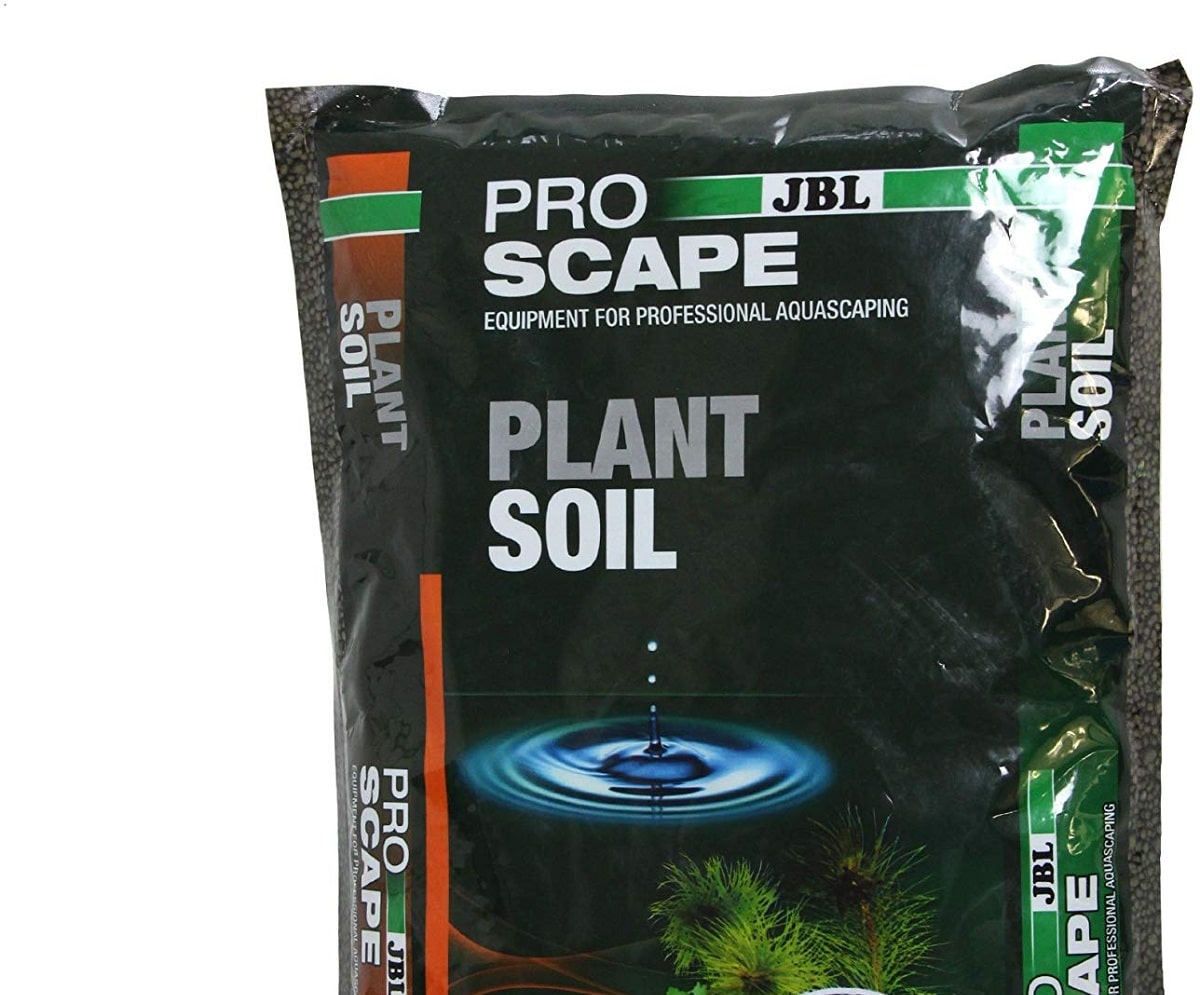
Aquarium substrates are sold by the liter and not by the kilo. In order to know how much substrate to put in the aquarium, we must calculate the number of liters of material that we will need depending on the dimensions of the fish tank.
How often do you have to change it?
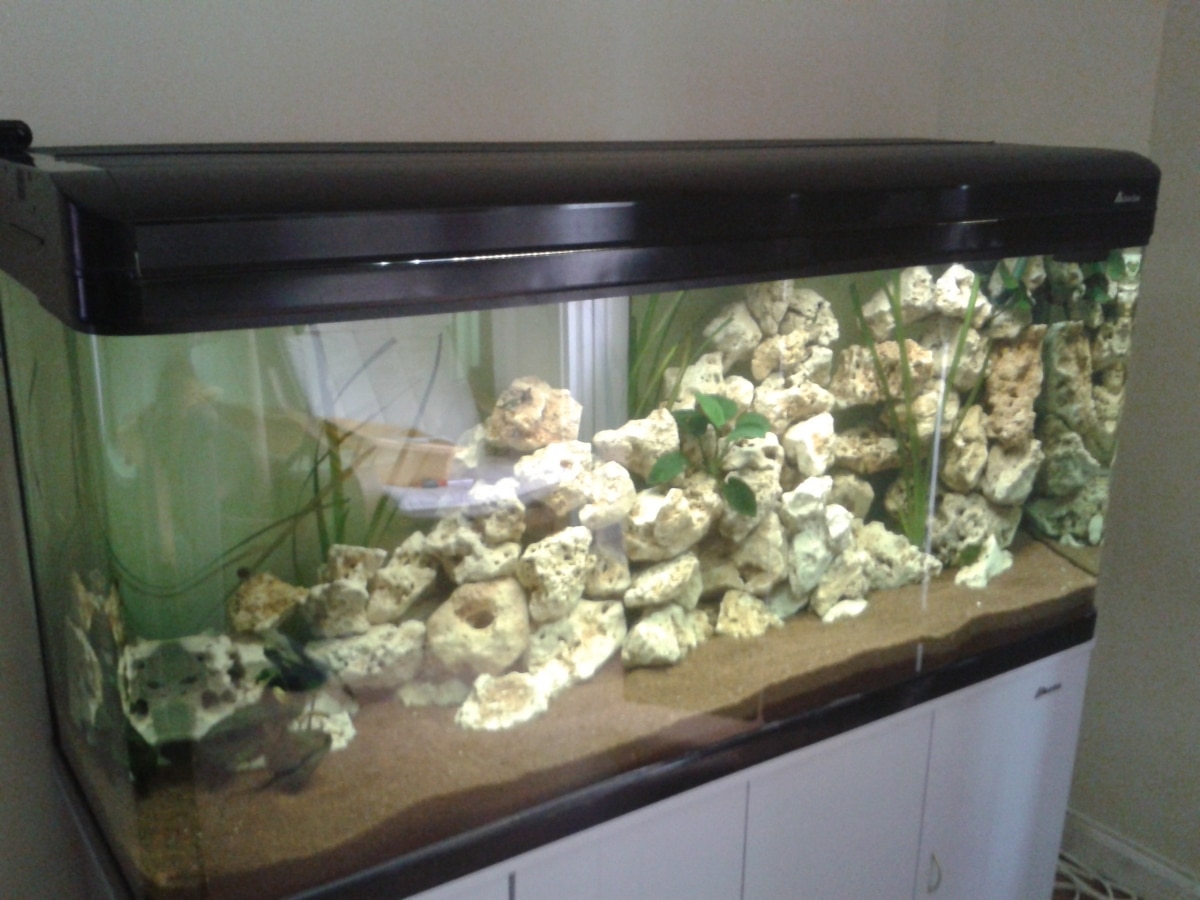
We must learn to change the substrate when there are some situations that condition it. One of them is that waste and excess nitrates accumulate. Another is that the fertility of the substrate has decreased. We can see this in the development of plants and their appearance. We can also have very massive parasites that make the substrate have to be changed.
Can you add substrate to a full aquarium with fish?
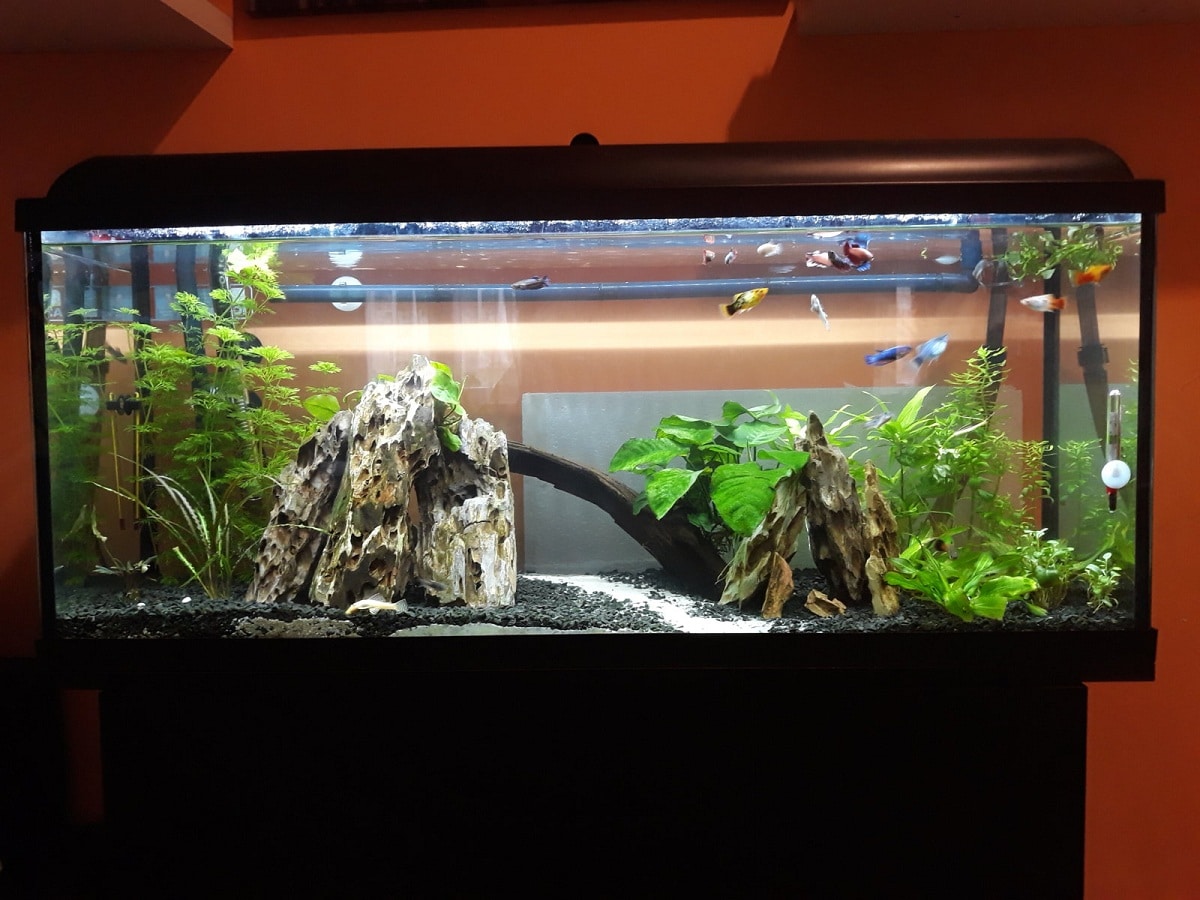
To add the substrate to the aquarium you have to remove as much water as possible together with the fish. We must also remove the filter and the heater and put them in a container. Since we have removed the fish, we must take advantage of cleaning the entire aquarium. Once we have moved the fish again with the aquarium already clean and the substrate changed, we should not suddenly arrive at the aquarium again if we do not wait a few days. This is because bacteria have to have time to re-proliferate.
How to clean the substrate of an aquarium
To clean the substrate of an aquarium you have to replace it. To do this, we will remove the fish, filter and heater and change the substrate completely but not the water. The water should and changing between 10-20% every week. In this way we guarantee that the bacteria can have a better development.
I hope that with this information you can learn more about the substrate for aquariums.